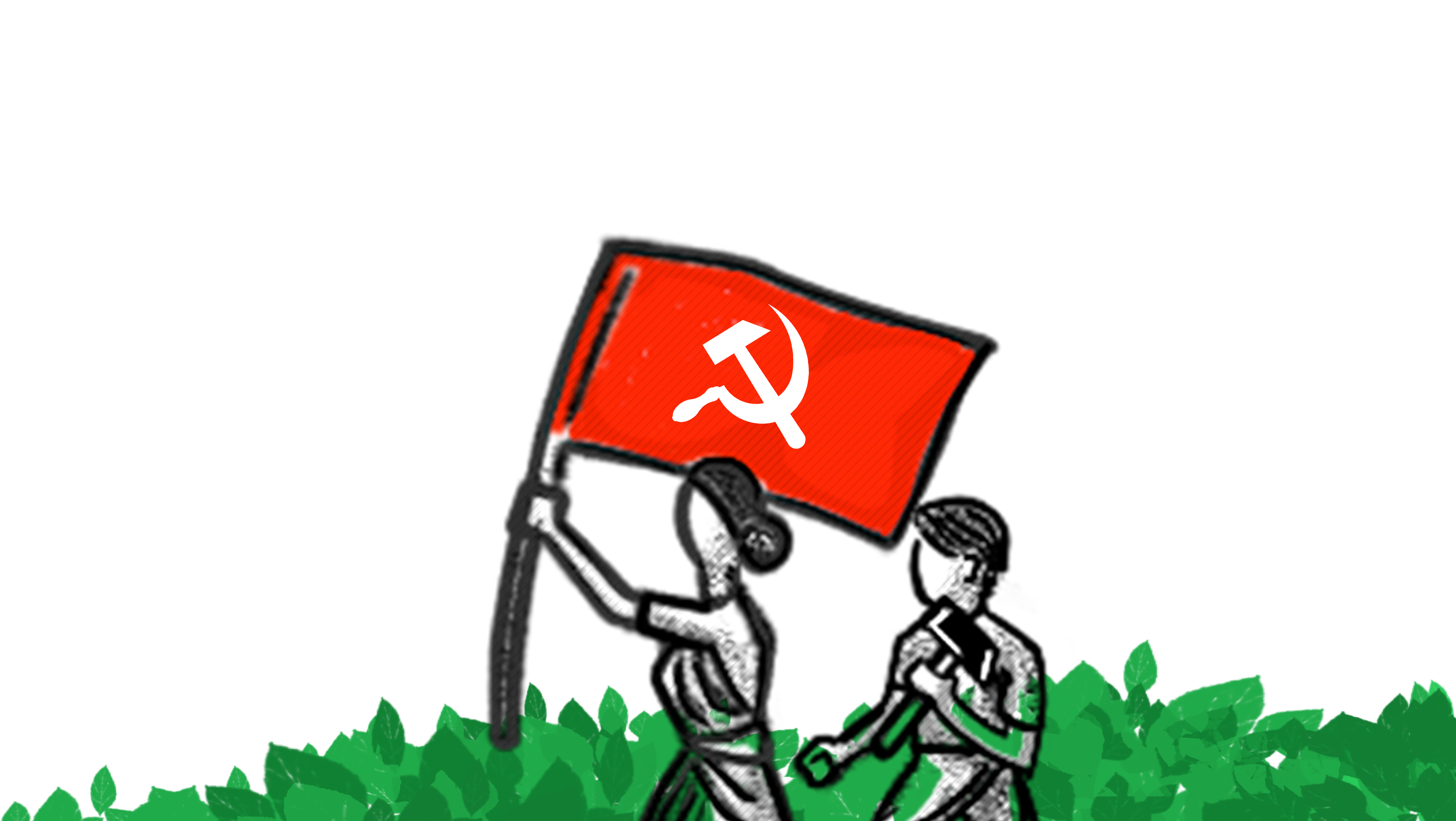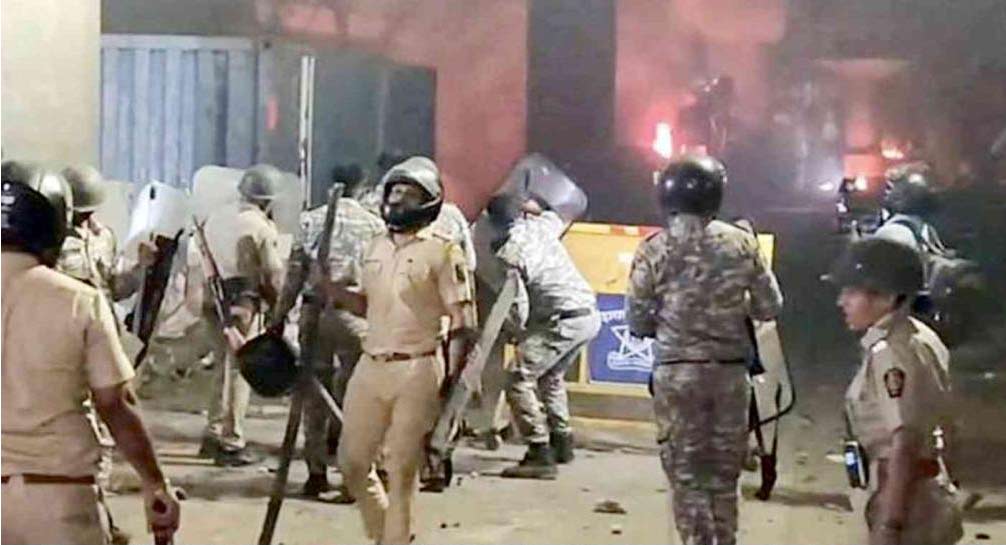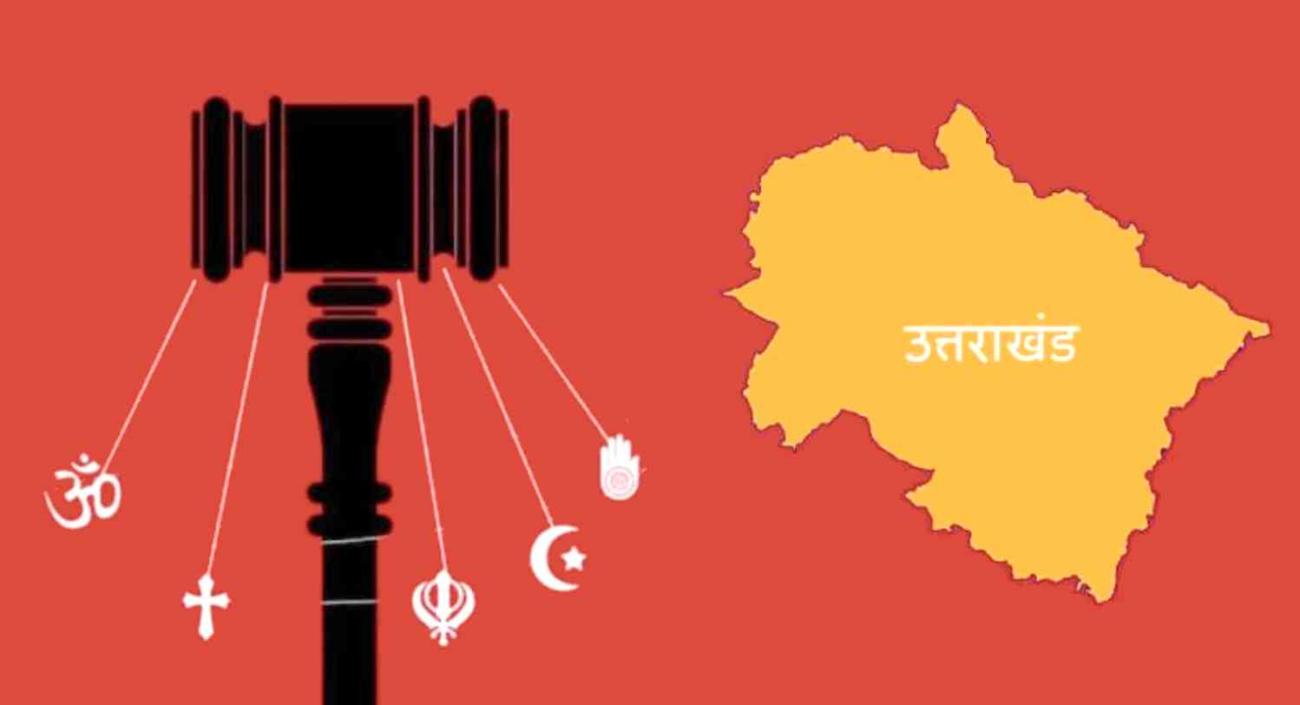In tandem with this military offensive, a full-scale propaganda war is also underway. Influential sections of the print and electronic media are working overtime to manufacture a national consensus in favour of the military offensive. With state governments all joining in, contours of a grand political consensus are easily discernible. The RSS session at Rajgir has expressed its full-throated support to Chidambarams ideas. Buddhadeb Bhattacharjee too made it a point to take time off from the CPI(M) PB meeting in Delhi to meet Chidambaram over breakfast to demand more forces and a more intensified and concerted drive. Mamata Banerjee of course conveniently seeks to distance herself from this consensus, expecting everybody to ignore the fact that the ongoing paramilitary offensive in West Bengal is very much a joint venture sponsored by the government at the Centre where she is a cabinet minister.
It can hardly be coincidence that key arenas of the proposed war are precisely those mineral-rich areas on which mining corporations have had their eye. Whether Chidambaram, himself one of the Directors of Vedanta until becoming a UPA Cabinet Minister, and a favourite lawyer for many of mining companies, will succeed in his stated goal of wiping out the Maoists is uncertain what is however clear is that it will pave the way for corporate land grab.
The Maoists with their reckless actions are of course doing everything possible to alienate large sections of the democratic opinion. With every passing day, they demonstrate increasingly clearly how far they have moved away from the legacy of the Naxalbari peasant rebellion and Comrade Charu Mazumdar. Comrade CM was no advocate of isolated and exclusive armed actions for him the two key phrases were integration with the landless rural poor� and politics in command�. The Maoists have delinked the whole question of arms from this essential context and have thus moved beyond the purview of the CPI(ML), the party founded by Comrade Charu Mazumdar. This is why they have had to find new names to describe their ideology and organization. The alienation and anger of the tribal masses does provide the Maoists with some favourable initial conditions, but they have done nothing to channelize it to any powerful mass awakening. On the contrary, Lalgarh shows how the Maoists have miserably misled a popular uprising.
The Government of India and the various state governments are however invoking the Maoist threat not only to tackle the Maoists but to suppress every movement of the working people and stifle every democratic dissent. Reports of indiscriminate detention in false cases and on fabricated charges, custodial torture and harassment, and attacks on the press and on the freedom of expression are coming in from every corner of the country. The dark days of the Emergency seem to be staging a comeback in so many ways. The revolutionary Left movement must boldly face this situation by in close association with other democratic forces. There can of course be no condoning the reckless acts of the self-styled Maoists, and it is imperative to sharpen the lines of demarcation between anarchism and revolutionary Marxism even as we seek broad-based cooperation to defeat the growing war on democracy.





